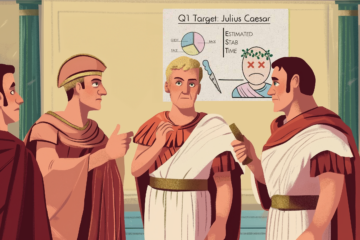In my work with company leadership, I frequently encounter dissatisfaction with current software programs and digital tools, particularly in project management and enterprise resource management (ERP). Many leaders are evaluating or considering a change in their business software, believing that new tools will solve their problems. However, a closer look often reveals that the existing software already has the capacity to adequately support their business needs.
So why are these leaders dissatisfied? The answer lies not in the tools themselves but in the lack of effective training, support, and follow-through. When employees are not properly trained, do not receive adequate coaching, or when there is insufficient follow-up, even the most powerful tools will fail to deliver expected results.
Before hitting the reset button and investing massive amounts of energy and money into new software, it’s crucial to first scrutinize the training, support, and processes surrounding your current tools. Investing in a new tool without addressing the underlying issues related to people, and process is unlikely to change your outcomes. Otherwise, you may find yourself facing the same problems after spending a lot of money and effort implementing a new tool.
To achieve better results, whether with a new tool or the existing one, you must ensure that:
- Leadership Commitment: Secure complete commitment from leadership to use the tool. It must be clear that it is not acceptable for anyone to opt out of using it.
- Right People: Have the right team members in place who are capable of using the tool effectively.
- Proper Training: Provide comprehensive training to help your team fully understand and utilize the tool’s capabilities.
- Adequate Coaching and Follow-Up: Establish ongoing coaching and support to address any issues and reinforce learning.
- Functional Processes: Develop clear, efficient processes that are well understood by everyone involved.
- Regular Management Review: Implement regular management reviews of the expected tool outputs and hold users accountable for their use and outcomes.
By focusing on these aspects, you can leverage your tools more effectively and achieve the outcomes you desire. Remember, tools don’t do work—well-trained and supported people do!



